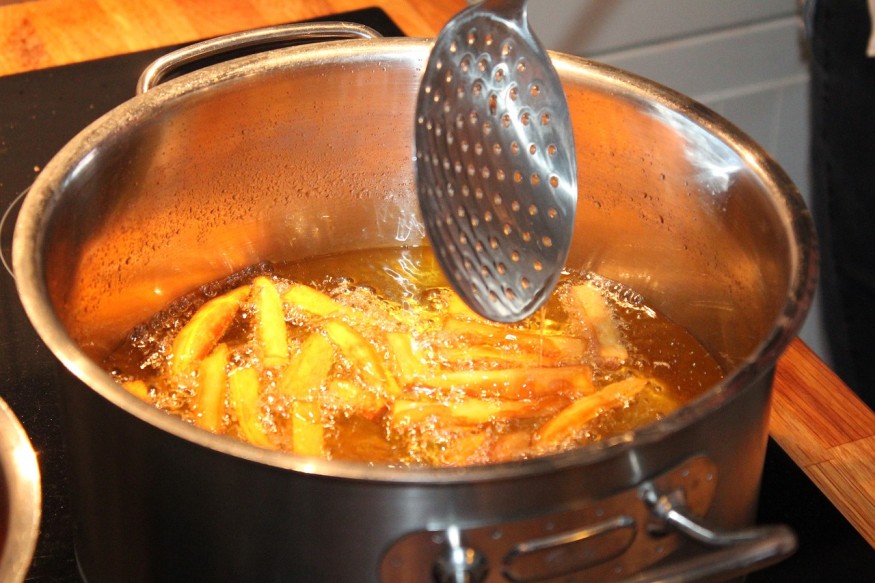While fried food appears to be delicious and may seem easy to prepare, a deeper look into how frying works would enable people to see much more going on. There is more to what meets the eye when potatoes and other dishes get fried. Frying goes beyond heat, oil, and food.
The European Space Agency (ESA) has supported research regarding fry cooking in microgravity conditions.

Food Chemistry and Physics
IFL Science reports that on Earth when frying potatoes, bubbles get produced over the surface and move upwards because of buoyancy. While this happens here on Earth, the same cannot be said for space conditions. Without gravity pulling them up, bubbles do not rise. Hence, a steam barrier could surround the potato and prevent the oil from frying.
Professor Thodoris Jarapantsios, who is from the Aristotle University of Thessaloniki and is a research team member behind the endeavors, explains that if one asks any chef, the chef will verify the complexity and how fascinating the chemistry and physics that take place behind cooking are, Euro ES Euro reports.
ALSO READ : NASA Offers Award for Ideas on Nutritious, Delicious Space Food System for Interplanetary Travel
Frying in Space
The ESA has conducted two parabolic flight campaigns to look deeper into the impacts of microgravity on cooking methods, including frying. To do so, a unique carousel-type apparatus was made with safety in mind and the capacity to work in conditions of weightlessness. In the two parabolic flight campaigns, a craft moves over in repetitious arcs to create momentary conditions of weightlessness.
The frying process was documented with a high-resolution and high-speed camera to capture the dynamics of the bubble. These include size, rate, growth, distribution, escape velocity, bubbles' speed, and bubbles' travel direction. The experiments gauged the temperatures of the potato's insides and the boiling oil. The paper was included in Food Research International.
The novel apparatus is closed and automated for safety purposes. It keeps the pressure within the frying chamber constant to prevent leaks, stop the oil sloshing, and minimize energy used for heating.
The researchers observed that shortly after adding the potato to the oil in low gravity conditions, the bubbles easily detached from the potato, similar to what happens on Earth.
Though further study is necessary to clarify certain parameters, the findings demonstrate that astronauts could have some rehydrated dishes as they explore the galaxy.
John Lioumbas, one of the research team members, concludes that looking further into how to fry in space could facilitate novel advancements in different fields, such as the production of hydrogen from solar energy in microgravity conditions.
RELATED ARTICLE : Zero-Gravity Vegetable Garden Aboard the ISS Boosts Morale and Steady Food Supply for Astronauts
Check out more news and information on Space in Science Times.








